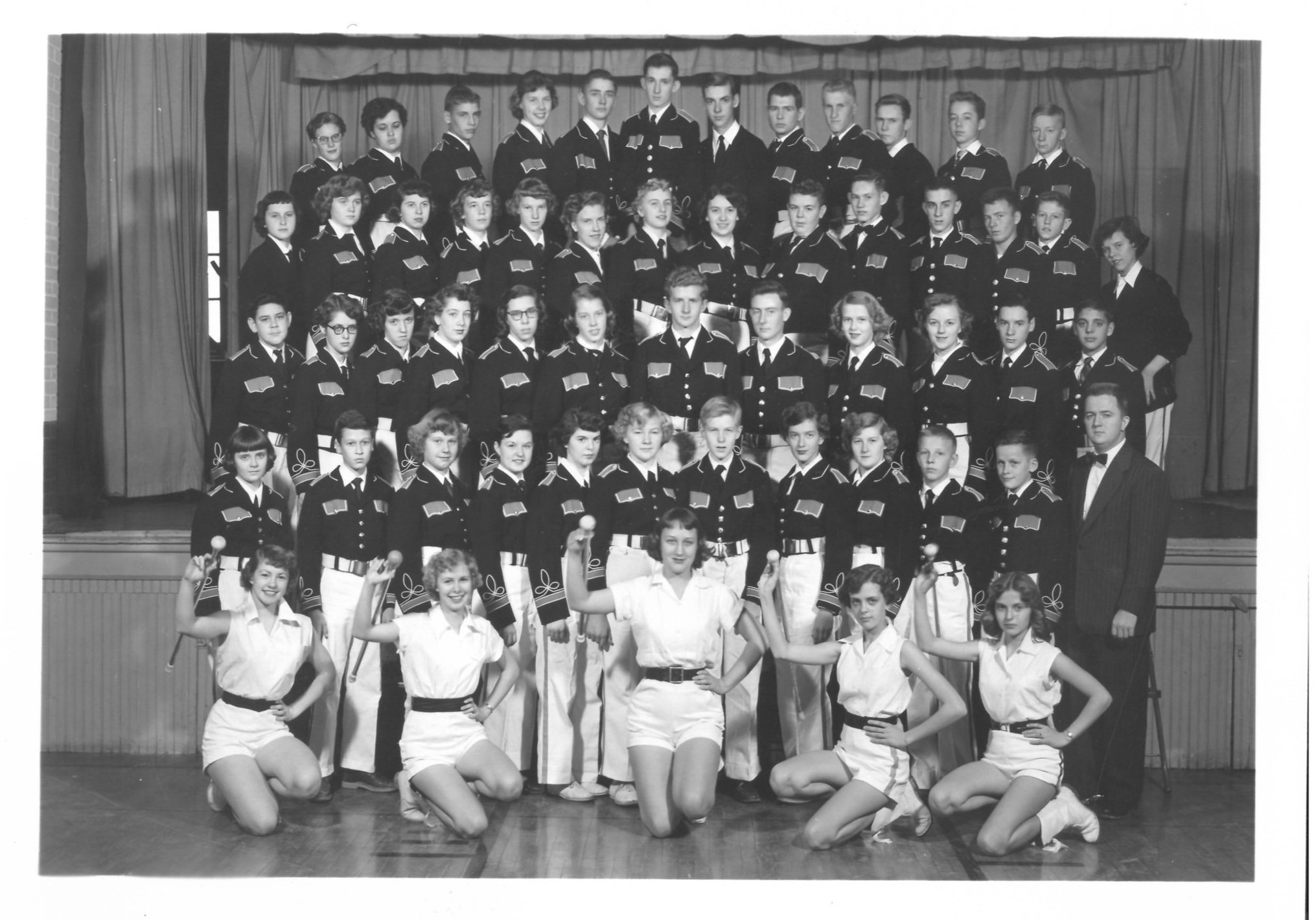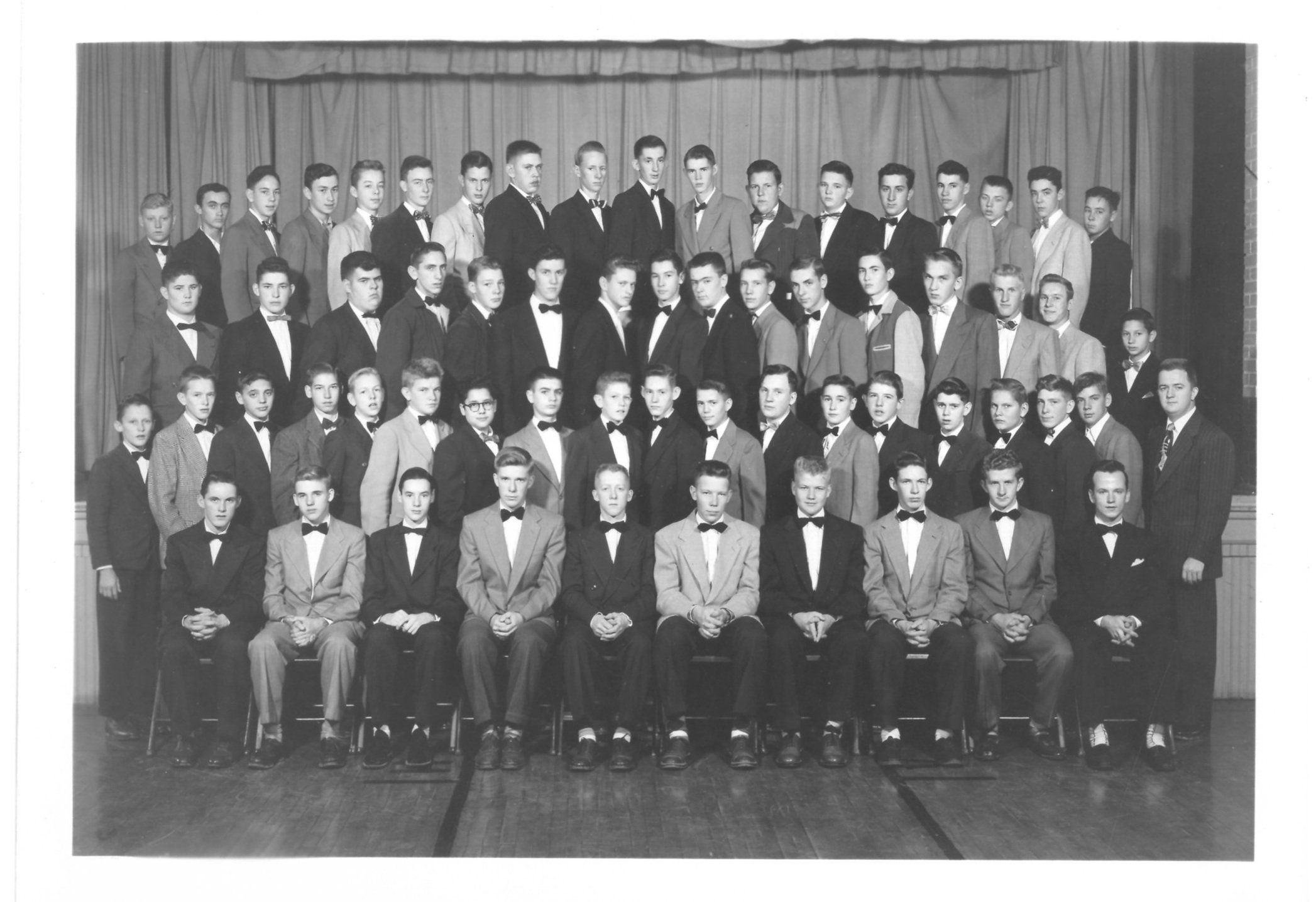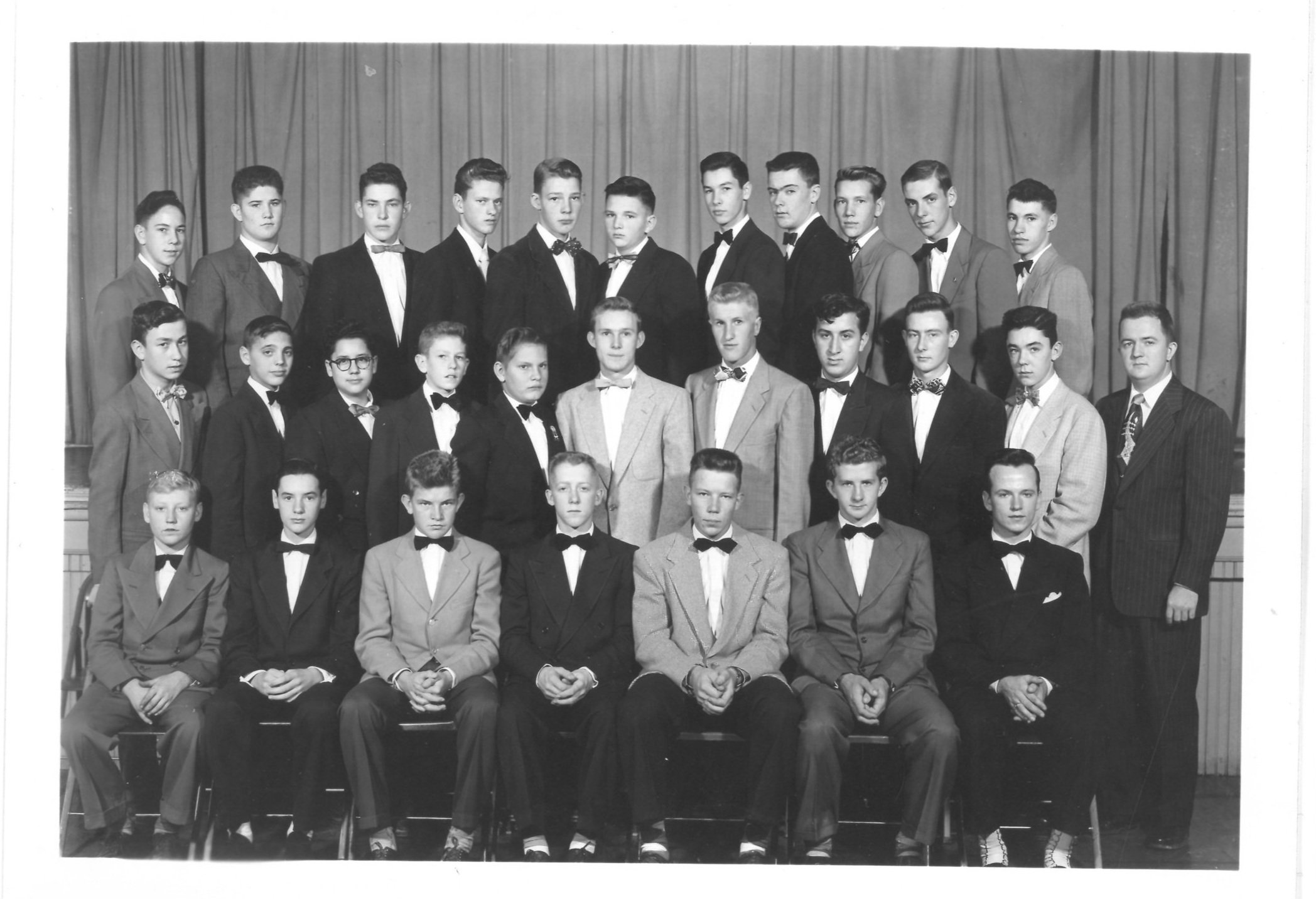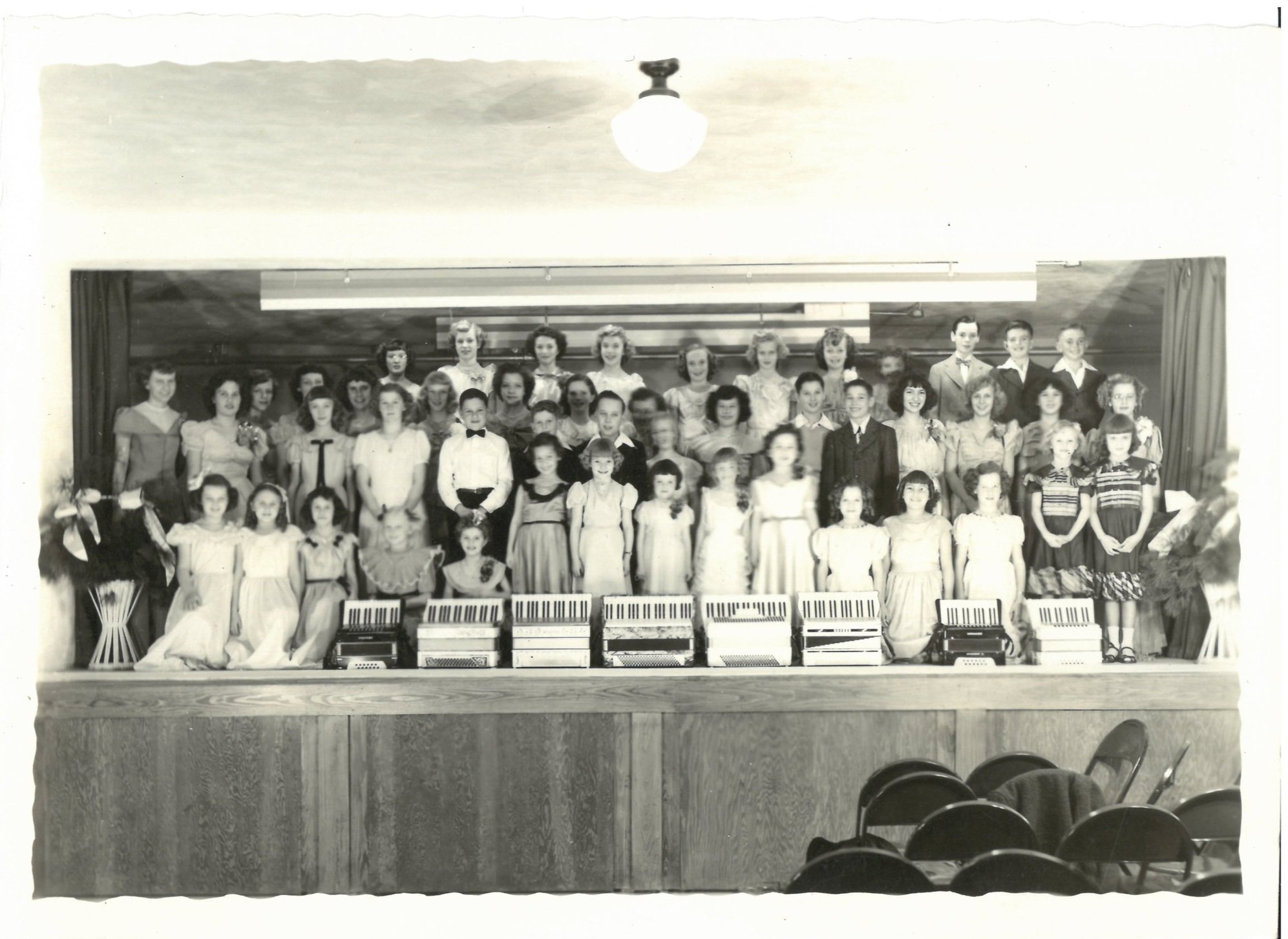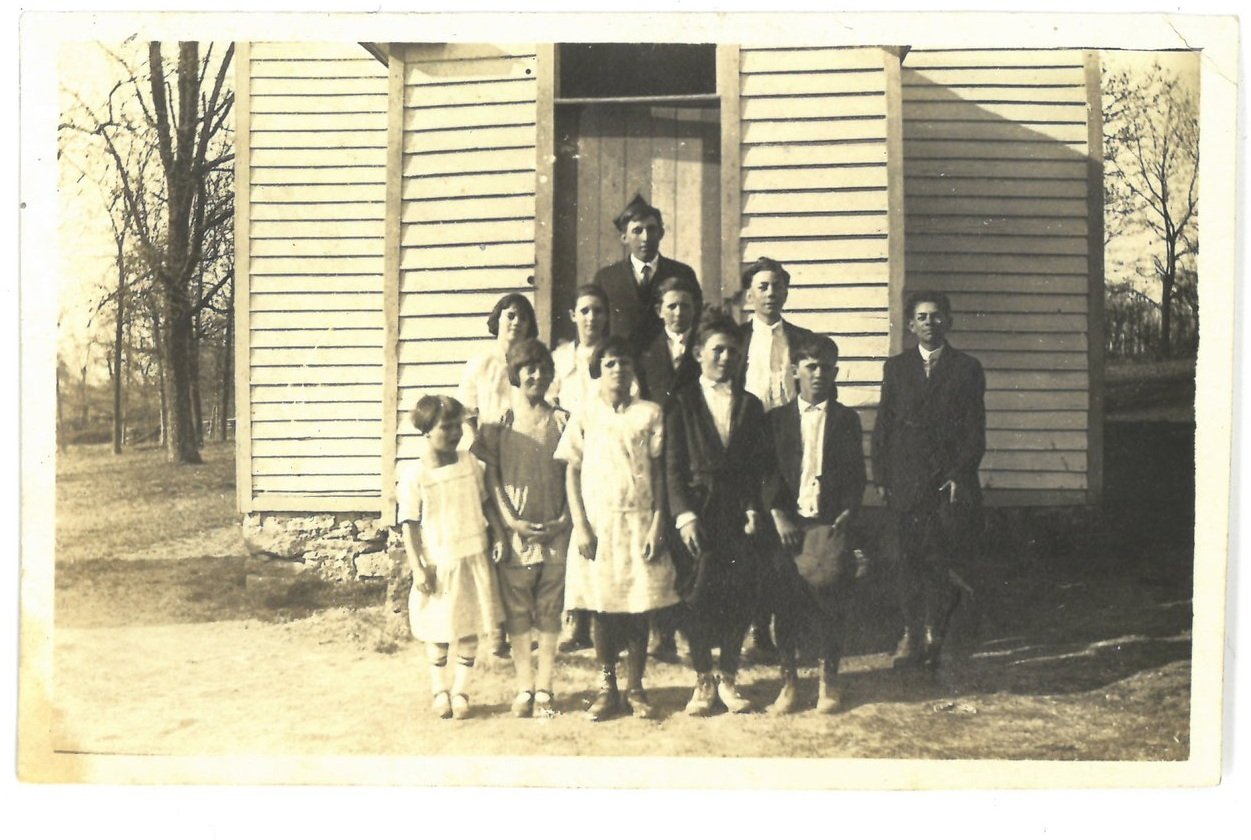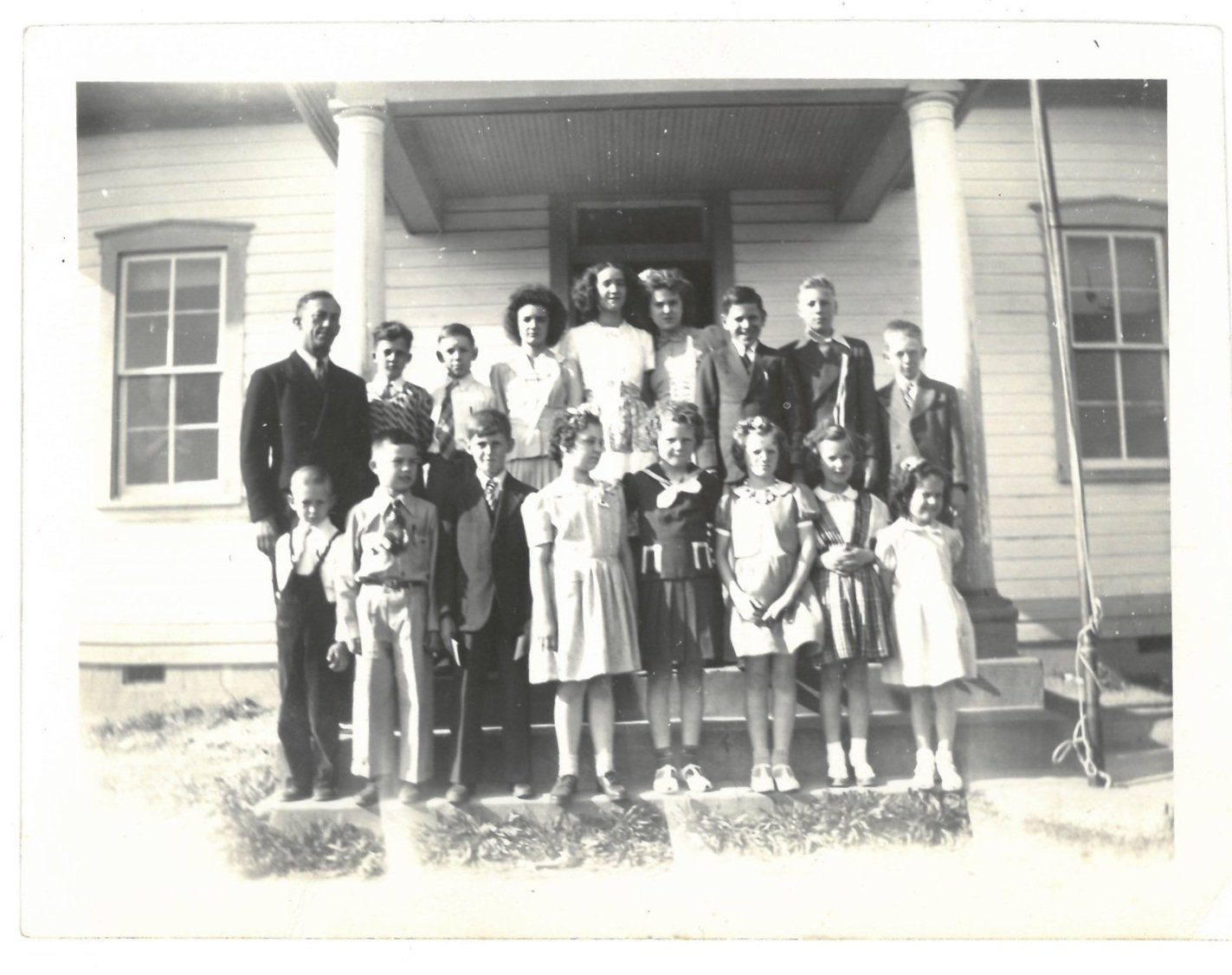Owensville, Missouri
An early trail to traverse Gasconade County was reported by surveyors in notes of original geological survey 1816-1819 and 1822-1823. This was named the Potosi to Booneslick Trail and was blazed by Moses Austin of Potosi. Austin wanted a trail from Kentucky through Missouri to the west that would be shorter than following the Mississippi River up to St. Louis and then along the Missouri River. This trail came across the southern part of Gasconade County through current communities of Tea, Bem, Canaan and Old Bland. Spurs from this main trail went to the current community of Owensville creating crossroads that later were part of the St. Louis to Springfield Road and St. James to Hermann Road (called “Iron Road”). At the time of the surveys, there were seven houses north and west of Owensville. Nearby a Baptist Church was built in 1829, the predecessor of New Salem Baptist Church, which is still an active congregation in 2008.
The crossroads at Owensville called the Springfield Road and Iron Road created an opportunity for businesses to support the travelers going west and the freight haulers with oxen pulling wagons from Massey’s Iron Works near St. James. First known businesses in Owensville were Frank Owens, merchant, and Edward Luster, blacksmith. Legend has these two pitching horseshoes to determine the name of the new settlement in spring 1847. There are two versions of this contest. One family story has Luster winning and deciding “Owens Ville” sounded better than “Lusters Ville”. The other version printed in 1905 Argus has Owens winning the game. Either way, it is the only known town named from a horseshoe pitching contest!
The post office was established in 1856 and continues to the present. The major growth in the 1800s came with the railroad. Once the route for tracks was established in the 1880s, the town was platted in 1886 by the Owensville Improvement Company consisting of Robert Robyn, Dr. G. Ettmueller, Michael Jordan, Dr. M.W. Hoge and George H. Buschmann. The first three were from Hermann and the last two from Owensville. Representing the growth, it is noted that three public buildings were erected in 1889 – the first elementary school within city limits, a college for educating teachers who had finished their eight grades in elementary schools, and the Methodist Church. Many brick buildings were erected on First Street between this time and 1910 to accommodate the added commerce assisted by the new railroad arriving in 1902.
Industries that supported the town were the corn cob pipe factory, tomato cannery, shoe factories and clay mining. Currently there are several industries. The larger employers are RR Donnelly, printing company, Emhart Glass Manufacturing, clay molds for glass production. Owensville continues to be a thriving town with 2,500 residents.


